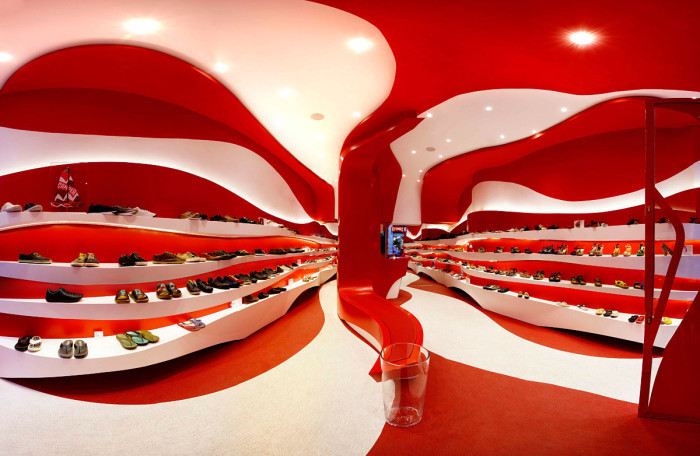
Camper knows how to find designers who can really make their brand shine. A-cero‘s design in Granada certainly highlights the strong brand.
A steadfast rule in commercial interior design is to maintain consistency for corporate chains across their many locations. Have you ever wondered why every McDonald’s restaurant design looks the same no matter its geographical whereabouts? A lot of research was completed to help brands like McDonald’s determine that consistency in their image improves brand awareness, and ensures their customers know exactly what to expect whether they visit a store in Vancouver or Montreal. Sound reasoning right? Well, yes and no. We continue to witness a new commercial design trend that promotes brand diversity allowing for customers to have novel experiences.
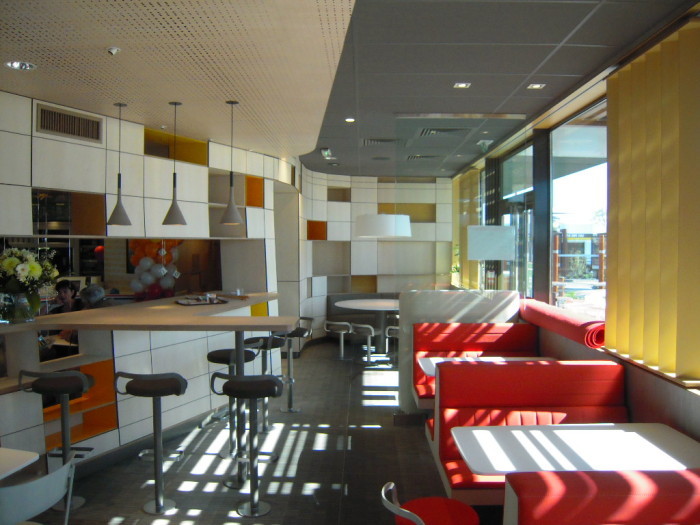
McDonald’s demonstrates perfectly the new commercial design trend of brand diversity with this French location designed by Patrick Norguet. This restaurant design is unique and specifically geared to appeal to a local market.
This progression to design diversity has not happened overnight. We’ve witnessed a gradual change in how franchises or chains tackle their store designs. In the good old days there was one architectural and interior design plan that remained relatively consistent from store to store. It was easily reproduced and offered companies the benefit of an economy of scale. Construction was simple and easily managed, while the ability to purchase materials and fixtures on a bulk basis brought down costs. From a business perspective, this worked well; that is until consumers and franchisees began to demand more choice.
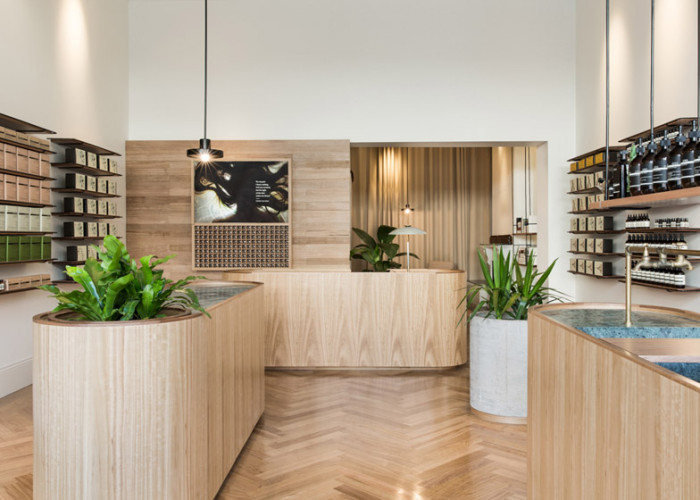
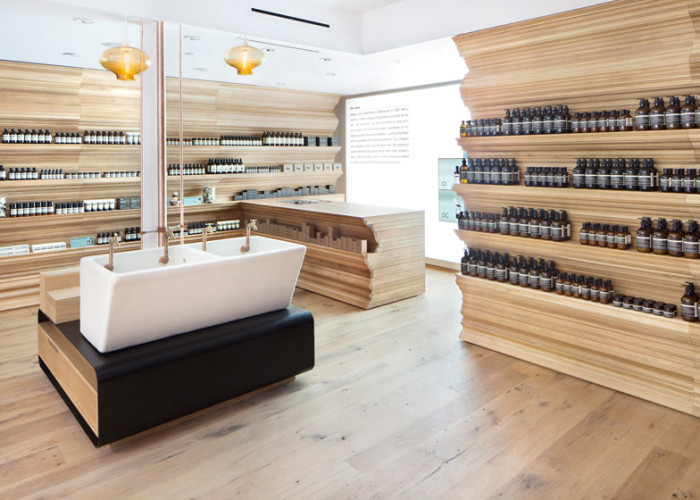
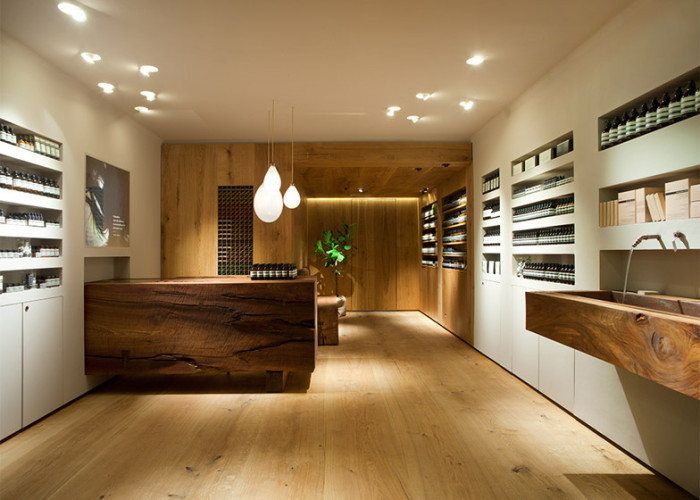
Aesop has taken a step towards design diversity with their collection of stores in Adelaide, Boston, and Stockholm designed respectively by Genesin Studio, William O’Brien Jr., and In the Praise of Shadows.
A new demand for variety encouraged evolution for the preferred design model. What happened next was calculated, sustainable and ultimately very smart. Commercial interior design firms worked with their corporate clients to develop a series of design options that maintained brand consistency, but that also provided the location owner with a choice of 3-5 unique styles. Now each location would be built with a design plan that best reflected the needs of each individual market. Brilliant!
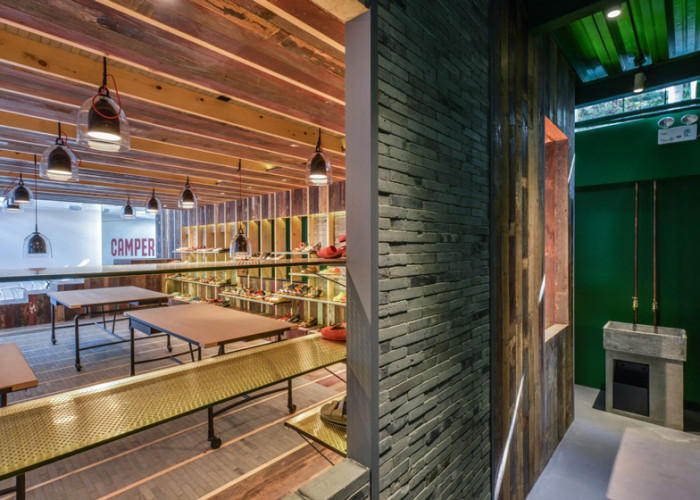
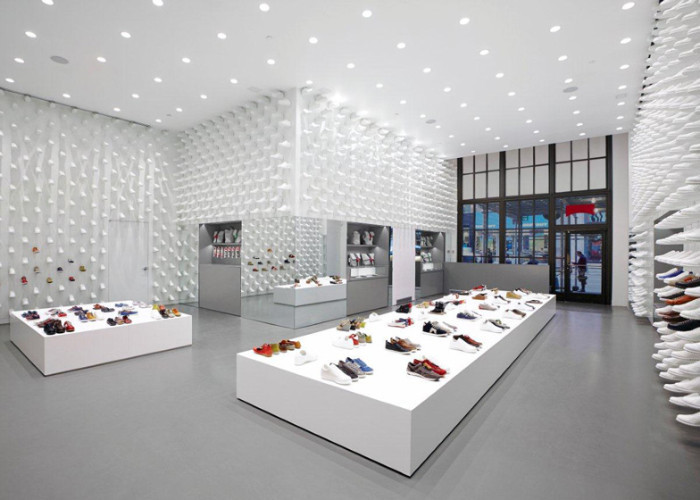
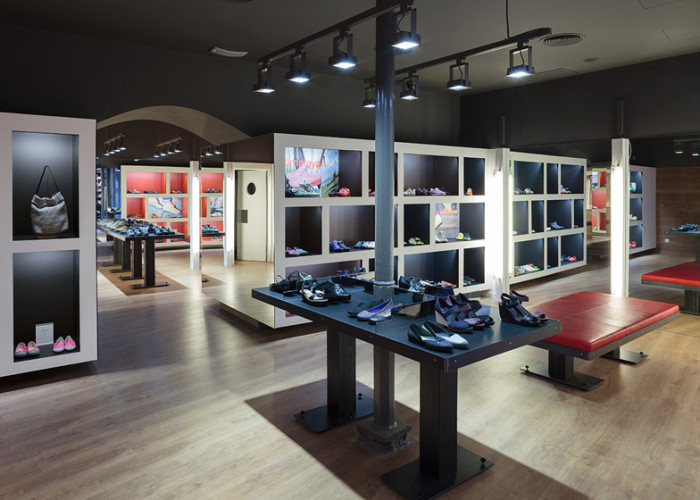
Camper has a slightly different approach. Although each store is designed specifically based on its geographic location, each one has an entirely unique brand perspective. See how (respectively above) the Shanghai store by Neri and Hu varies from the New York store by Nendo and even the Palma de Mallorca store by Fernando Amat?
This new approach – design for individual preference – was so brilliant that it has been the norm for years. But, with a growing global economy and heightened international competition, companies are forced to consider the needs of each unique culture. Technology has also stimulated our cravings for information and novel experiences; we need diversity. As a result, our design model must be reconsidered. Recently our interior designers have been observing this shift taking place. Where in the past one interior design firm would develop the options, now an array of interior design firms, often residents of each store location, are developing very unique designs that reflect the local cultures while remaining consistent in communicating the brand. Powerhouse companies like Starbucks, Aesop, and Camper have all demonstrated this with the diverse design of their global locations.
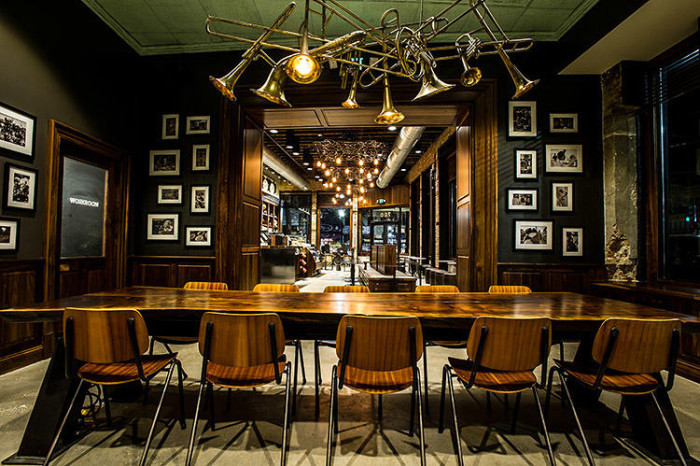
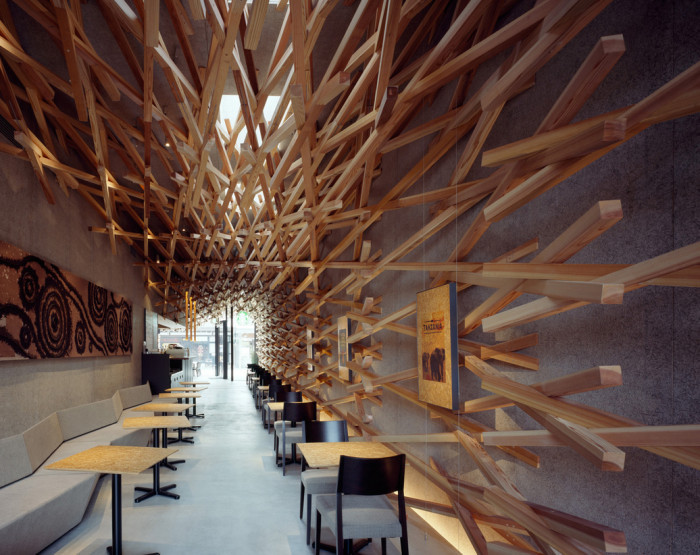
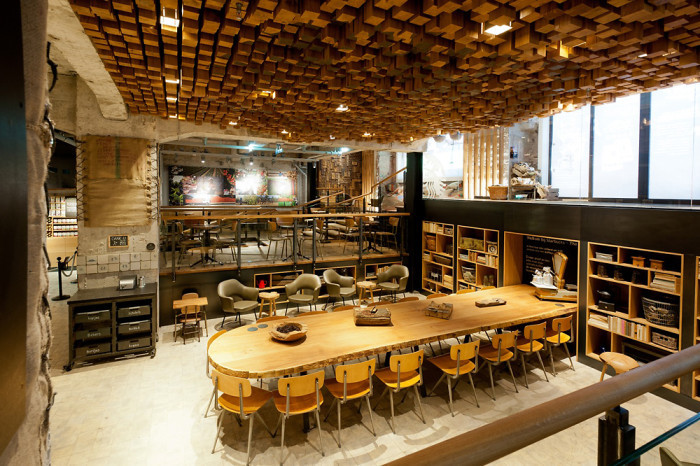
Starbucks has been a major leader in the design diversity trend. An internal branding overhaul sparked the development of unique locations including (respectively above) New Orleans designed by Starbucks in collaboration with local artisans, Fukuoka designed by Kengo Kuma, and Amsterdam designed with local artisans under the direction of Liz Muller.
Changing society demands and cultural shifts will continue; in turn, so will the field of interior design. We are really enjoying this new approach of brand diversity in commercial interior design and see it as a viable option to meet the current reality. Only time will tell, does this method have longevity? We look forward to finding out.
» Do you need help with the interior design of your franchise? Contact Hatch Interior Design located in Kelowna, British Columbia – Because Good Design is Good Business™.